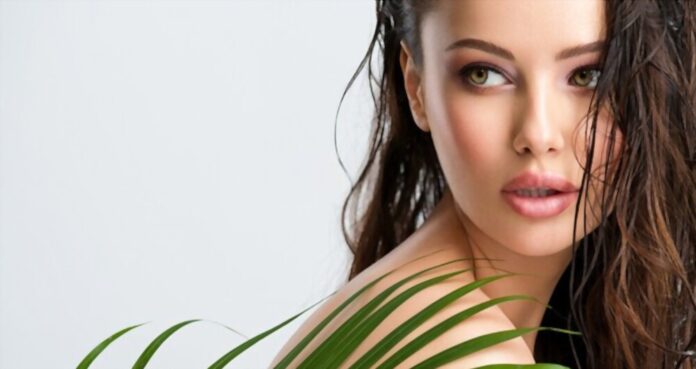What is the Concept of Beauty?
Philosophy of Beauty dates back to Plato. Modern philosophers changed the study of philosophy from ontology to that of the aesthetic realm of human faculties. Aesthetics studies the idea of beauty, which includes the idea of beauty, its qualities, and its representations. The study philosophy of beauty started with Sartre and Leibniz. In recent years, there has been a renewed interest in aesthetics.
What is the purpose of aesthetic pleasure? The purpose of aesthetic pleasure is to obtain pleasure from seeing or being seen, by anticipating the feelings of others. Pleasure is not the same as happiness. Happiness is considered to be the state of complete contentment that results from active action. The study of aesthetics focuses on the ability of objects to meet our needs for a pleasant sensory experience.
An aesthetic evaluation is a judgment concerning the beauty or goodness of an object. In aesthetics, there are two general categories: objective and subjective. Objective aesthetics considers only the physical aspects of beauty such as color, shape, and size. Subjective aesthetics provides value only to the subjective qualities of beauty such as mood, the value of the subject, and so on. The two concepts can be used to analyze the aesthetic tastes and values of different persons.
How do we determine the value of beauty? We can analyze the aesthetic judgment of different people through the use of scales such as the anthropic principle. According to the anthropic principle, all things that we observe in nature must have a “sense of continuity.” Therefore, aesthetics can be explained through a comparison of how a given object appears to various persons as they look at it.
The aesthetic sense or preference is also determined by other factors such as personal values and psychological disposition towards an object. The idea of beauty lies in human emotion. Beauty has been found to depend on several personal values such as power, wealth, sexual attraction, beauty, competence and status. Beauty has also been linked to several personality traits such as vanity, prejudice, and social status.
In conclusion, all these questions about beauty should not be unanswered. A person’s aesthetic preferences and judgments are based on several key points. These key points include personal values such as power, money, sexual attraction, competence, and social status. They may also be affected by other forces such as culture, tradition, norms, and cosmetics. Beauty should therefore be seen as a subjective, personal state that is influenced by multiple factors.
Other important key takeaways regarding beauty include the idea that beauty is a subjective view of the self, an idea that may be influenced by other forces such as culture, tradition, norms, cosmetics, and personality. The concept of beauty should therefore not be viewed as a static form that cannot be changed because it is influenced by different forces. Rather, it should be seen as a subjective state that can be improved by learning new information and using creative tools such as art.
The view that beauty is largely subjective is supported by the knowledge that many cultures around the world share. Some cultures view beauty in drastically different terms than others. This means that there is no universal ‘beauty’. Beauty should instead be viewed as a subjective state that can be improved through education, experience, and conscious effort. In this way, beauty becomes something everyone can live with rather than something that has to be defined.
According to some aestheticians, there are three aspects to aesthetic beauty: beauty as an object, beauty as a feeling, and beauty as a composition. The first two aspects are more subjective, while the last aspect, the composition aspect, is based on scientific knowledge. Beauty as an object refers to how the eye perceives and appreciates beauty and other natural features of things.
Aesthetics is also related to the other three major aspects of aesthetic beauty which is proportion, texture, and color. Each of these aspects can be manipulated to appeal to, and connect with, human emotion. The idea that beauty exists largely as a subjective opinion is supported by the fact that all art depends on some kind of communication. This includes gestures, expressions, and body language. The use of words such as ‘ugliness’, ‘disgust’ or ‘horror’ reveals how messages about beauty are communicated.
The concept of beauty also has a psychological context where it is considered to be rational, and therefore not subjective. It is a value judged by others, and so it is important to build a pleasing overall impression. In business, building a pleasant appearance can help create the right impression for clients, customers, and employees. Beauty in art may be considered a secondary, or even tertiary importance, but it is a valuable addition to the rich array of aesthetic values and experiences that human beings have to offer each other.









